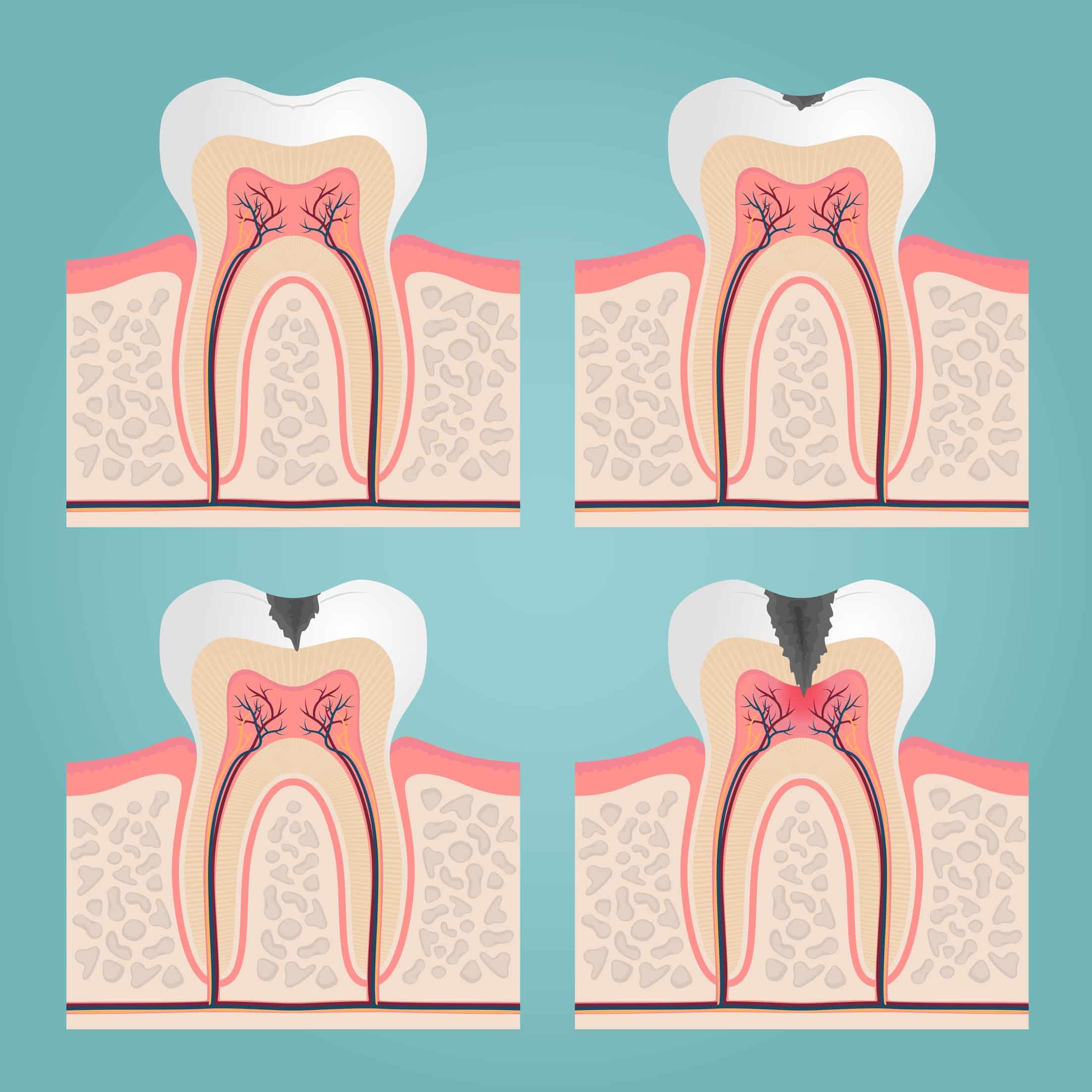No one likes hearing that they have cavities. But when you do get them, you need to act fast before it becomes more serious and more painful. Vaksman Dental Group is a practice committed to providing complete cavity solutions to ensure a healthy smile and mouth. We don’t just provide standard cavity cleaning, we also provide corrective solutions for continuing health.
Our solutions include porcelain fillings, composite fillings, as well as inlays and onlays. Our dentist will work with you closely to give you the best dental solution for your needs. We’ll help you ensure that your teeth stay healthy and free of cavities and other damages.
Don’t Let Cavities Ruin Your Smile: Prevention and Treatment Tips
Dental cavities, also known as tooth decay or dental caries, are probably the most common dental issues. Cavities occur when bacteria in the mouth produce acids that attack your tooth enamel. Over time, this acid erosion causes destruction and even holes in the teeth. Besides destroying the beauty of your smile, cavities unfortunately also lead to pain, sensitivity, and other oral health problems.
If left untreated, cavities usually get worse and will eventually require a root canal. They can even potentially lead to tooth loss. Do you experience any pain or notice spots on your teeth that shouldn’t be there? It is important to see a dentist as soon as possible. A dentist will diagnose the problem by examining the teeth and sometimes using dental X-rays to confirm the diagnosis. Do not hesitate to contact a dentist for cavities before it gets too bad.




